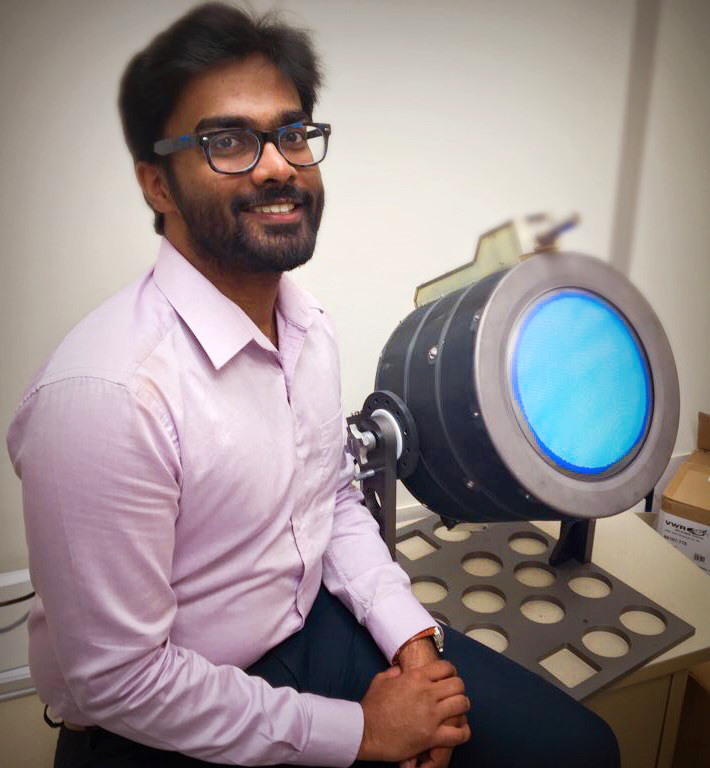Rittu Raju
University of Michigan
Gas core nuclear thermal rockets can literally open the solar system for human exploration. The gas core nuclear reactor has the potential to greatly reduce trip time to Mars. Operating at temperatures more than 8000 K, specific impulse double and triple a conventional solid core reactor is possible. The technology feature high thrust (kN levels) and high specific impulse (several thousand seconds). The chief issues with the gas core reactor lie in 1) stability of fissioning plasma and 2) uranium plasma erosion due to mixing and subsequent entrainment with hydrogen fuel. The confinement must minimize fuel loss while isolating the fuel from the walls. Instabilities such as Raleigh Taylor can enhance mixing leading to loss of confinement. Here we investigate both confinement and stability of confinement. We investigate instabilities that could lead to fuel erosion. The computational platform developed here will allow for not only stability to be investigated but also heat transfer from fissioning plasma to the gas. This proposal relates to the NASA technology roadmap of Advanced Fission In-Space Propulsion Technologies (TABS 2.3.6). This technology will enable human exploration well beyond LEO.
This proposed activity aims to computationally explore stability and heat transfer using a combination of commercial codes such as Fluent for flow and fissioning mass stability (vortex stabilized) and MCNP for neutronics as well as an analytical formulation for the study of heat transfer to the gas. These models will be self consistently coupled as the neutronics impacts uranium fuel temperature and heat transfer. Instabilities can impact not only heat transfer but also the neutronics. The goal is to study stability and fuel loss rates in detail. Findings from the model will be validated using a simple experimental model tailored to mimic the vortex stabilized uranium fuel. Here we heat an ultrasonically trapped, low vapor pressure ionic salt using a laser to serve as the surrogate uranium plasma. The confined hot droplet will be subjected to flow in a chamber geometry designed to generate a vortex cavity at the location of the hot droplet. Using PIV and fast camera imaging we will image stability of the interface and determine capillary wave structure at the surface. We will also directly measure heat transfer to the entraining gas via enthalpy heat probes. Finally, using a differentially pumped vacuum system, we will study mass loss from the droplet with a residual gas analyzer. The parameter space for this droplet will be mapped and used to serve as a test case database for model validation. The findings will be used to not only to refine the model but also physically better understand the stability and heat transfer dynamics of geometries akin to that prevailing in gas core reactors. The dynamic behavior will also inform which relevant neutronics cases to run as well. The findings will be used to refine confinement and heat transfer in gas core designs, paving the way for the someday realization of a gas core rocket.



























